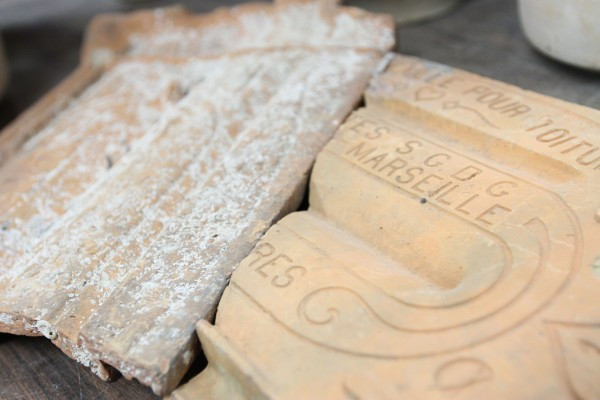100-year-old shipwreck finally identified as belonging to Baron Edmond de Rothschild 40 years after discovery

A shipwreck discovered in 1976 has been identified as the one sent by Baron Edmond de Rothschild to Palestine in the 1890s.
In the early 1890s, the French banker sent three ships from France to supply raw materials to his newly opened glass factory in Zichron Yaacov, in modern day Israel, with the aim of making bottles for several wineries that he owned in the region.
The first two ships made it, but the disappearance of the third had researchers baffled for almost a century.
"Records from the time show that two [of the ships] were sold, while no information is listed whatsoever about the third ship," said Deborah Cvikel and Micky Holtzman, maritime researchers at University of Haifa.
After 16 years, researchers link wreck to missing Rothschild ship http://t.co/bxrdELuhLS #JPost #IsraelNews pic.twitter.com/EUUp0XLJSb
— The Jerusalem Post (@Jerusalem_Post) August 10, 2015However, the authors believe that the shipwreck, which was discovered off the coast of Dor in 1976, may be the one that once belonged to Rothschild – who helped to fund early Jewish settlers in the Holy Land.
The ship was only excavated for the first time in 1999-2000 in a bid to check its contents while it was still underwater. Following the initial excavations, researchers were only able to date the ship, which matched the description of Rothschild's ship, very inaccurately to between 1660 and 1960.
Nonetheless, pots, earthenware, ceramic tiles, roof tiles, barrels, crates, and several sacks were found aboard the sunken ship along with six factory stamps which matched those of French factories.

Speaking to Haaretz news service, Cvickel and Holtzman said: "The ship we have found is structurally consistent with the specifications of the baron's ships, carried a similar cargo, and sailed and sank during the right period."
In a press release, the researchers added: "This ship could certainly be one of dozens of similar ships that plied the coasts of Palestine during this period. However, there seem to be more than a few items that connect it with Zichron Yaacov, with the glass factory at Tantura, and with the baron's Ships. Perhaps we can now conclude that the third ship was not sold and condemned to obscurity like its sisters, but sank with its cargo still onboard.
"There seem to be more than a few items that connect it with Zichron Yaacov, with the glass factory at Tantura, and with the baron's ships. Perhaps we can now conclude that the third ship was not sold and condemned to obscurity like its sisters, but sank with its cargo still on board."
© Copyright IBTimes 2025. All rights reserved.






















